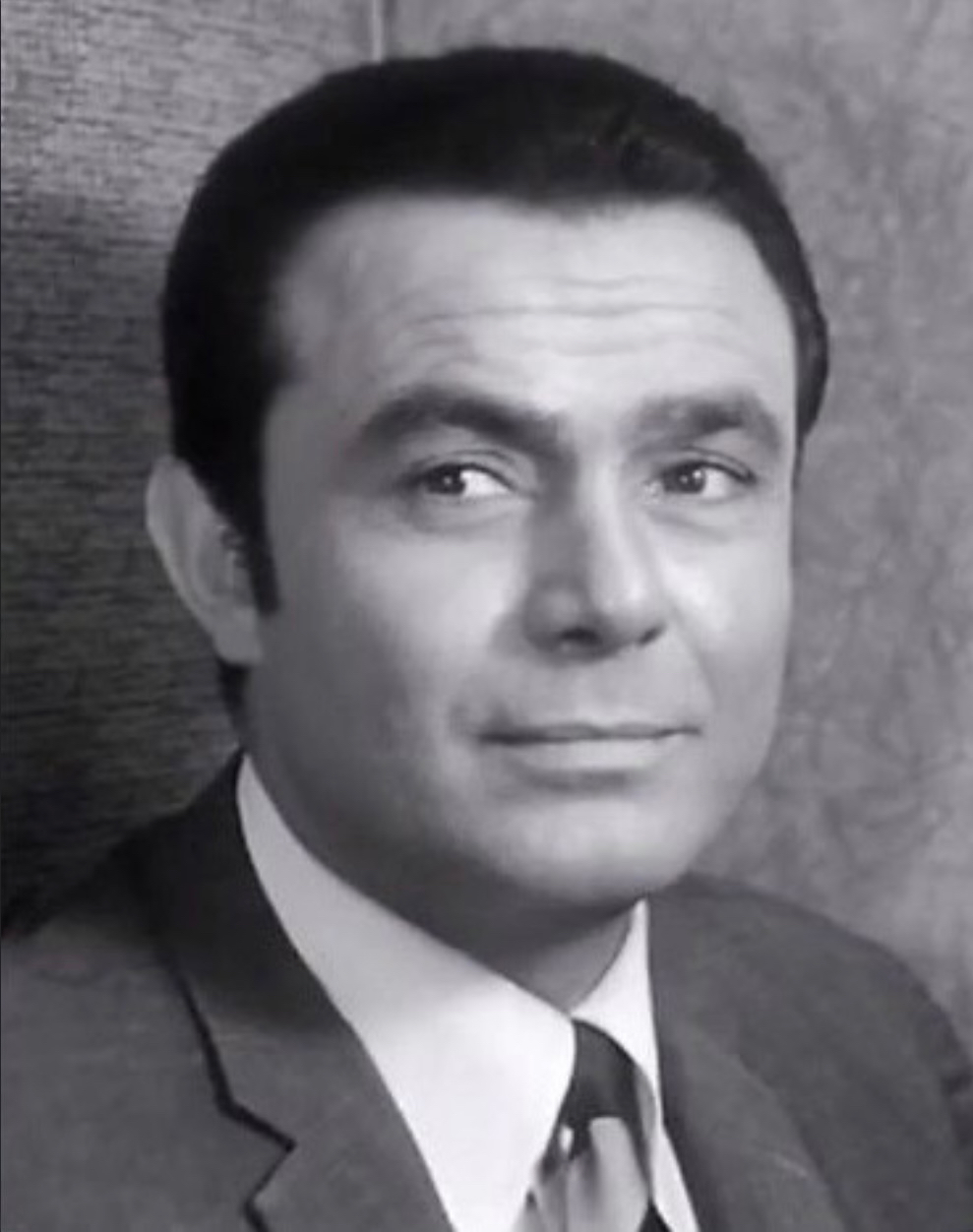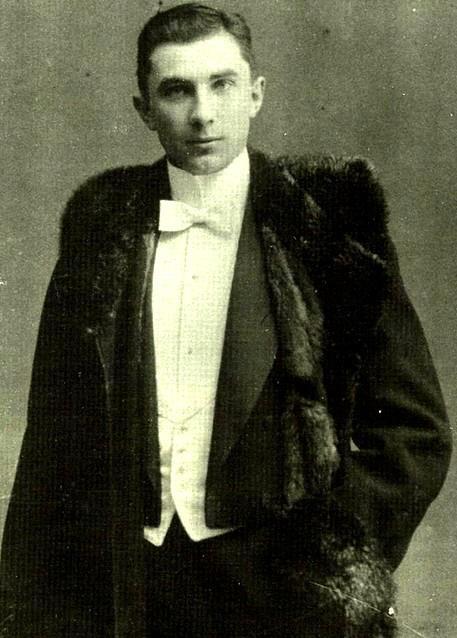|
Jail Bait (1954 Film)
''Jail Bait'' (also known as ''Hidden Face'') is a 1954 American film noir directed by Ed Wood, with a screenplay by Wood and Alex Gordon. The film stars Clancy Malone as the delinquent son of a famous doctor, and his involvement with a dangerous criminal. Famed bodybuilder Steve Reeves made his first major screen appearance in the film, and it was one of the few films he made using his own voice (most of the films he made thereafter in Italy were dubbed in post production using other actors' voices). The film belongs to the film noir genre, and contains themes typical of it such as plastic surgery and identity theft.Park (2011), p. 152 Plot At a police station, Marilyn Gregor meets Inspector Johns and Lt. Bob Lawrence, as her brother Don Gregor had been arrested for carrying an unlicensed handgun. After posting for him he is released but they refuse Don's request to return his handgun. Johns suspects the young man is an associate of gangster Vic Brady. The Gregor siblings ... [...More Info...] [...Related Items...] OR: [Wikipedia] [Google] [Baidu] |
Ed Wood
Edward Davis Wood Jr. (October 10, 1924 – December 10, 1978) was an American filmmaker, actor, and pulp novel author. In the 1950s, Wood directed several low-budget science fiction, crime and horror films that later became cult classics, notably ''Glen or Glenda'' (1953), '' Jail Bait'' (1954), '' Bride of the Monster'' (1955), '' Plan 9 from Outer Space'' (1957)Rudolph Grey, Nightmare of Ecstasy: The Life and Art of Edward D. Wood, Jr. (1992). pg. 197. ISBN 978-0-922915-24-8. and '' Night of the Ghouls'' (1959). In the 1960s and 1970s, he moved towards sexploitation and pornographic films such as '' The Sinister Urge'' (1960), '' Orgy of the Dead'' (1965) and '' Necromania'' (1971), and wrote over 80 lurid pulp crime and sex novels. Notable for their campy aesthetics, technical errors, unsophisticated special effects, use of poorly-matched stock footage, eccentric casts, idiosyncratic stories and non sequitur dialogue, Wood's films remained largely obscure unt ... [...More Info...] [...Related Items...] OR: [Wikipedia] [Google] [Baidu] |
Tedi Thurman
Theodora "Tedi" Thurman (born Dorothy Ruth Thurman; June 23, 1923 – September 17, 2012) was an American fashion model and actress who found fame in the 1950s as Miss Monitor on NBC's ''Monitor'', a 40-hour weekend radio show developed by Pat Weaver. Born in Midville, Georgia, the daughter of a banker, Thurman originally planned to become a painter, studying at the Corcoran Institute in Washington, D. C. Her career plans changed, and she went to New York for modeling. Her first shoot wound up as a ''Vogue'' cover, bringing with it many other modeling jobs and some work on television soap operas. Columnist Alice Hughes described her appearance: She had film offers, but only one role, in the z-grade 1954 Ed Wood movie, '' Jail Bait''. In 1954, Leopold Stokowski needed an accomplished jew's harpist for a performance of Charles Ives' symphony, '' New England Holidays''. Thurman was one of the 22 who auditioned, but she lost the gig to two professional musicians. Miss Monito ... [...More Info...] [...Related Items...] OR: [Wikipedia] [Google] [Baidu] |
Leading Man
A leading actor, leading actress, or simply lead (), plays the role of the protagonist of a film, television show or play. The word ''lead'' may also refer to the largest role in the piece, and ''leading actor'' may refer to a person who typically plays such parts or an actor with a respected body of work. Some actors are typecast as leads, but most play the lead in some performances and supporting or character roles in others. Sometimes there is more than one significant leading role in a dramatic piece, and the actors are said to play ''co-leads''; a large supporting role may be considered a ''secondary lead''. Award nominations for acting often reflect such ambiguities. Therefore, sometimes two actors in the same performance piece are nominated for Best Actor or Best Actress—categories traditionally reserved for leads. For example, in 1935 Clark Gable, Charles Laughton and Franchot Tone were each nominated for the Best Actor Academy Award for ''Mutiny on the Bounty''. Th ... [...More Info...] [...Related Items...] OR: [Wikipedia] [Google] [Baidu] |
Bela Lugosi
Béla Ferenc Dezső Blaskó (; October 20, 1882 – August 16, 1956), known professionally as Bela Lugosi (; ), was a Hungarian and American actor best remembered for portraying Count Dracula in the 1931 horror classic ''Dracula'', Ygor in ''Son of Frankenstein'' (1939) and his roles in many other horror films from 1931 through 1956. Lugosi began acting on the Hungarian stage in 1902. After playing in 172 different productions in his native Hungary, Lugosi moved on to appearing in Hungarian silent films in 1917. He had to suddenly emigrate to Germany after the failed Hungarian Communist Revolution of 1919 because of his former socialist activities (organizing a stage actors' union), leaving his first wife in the process. He acted in several films in Weimar Germany, before arriving in New Orleans as a seaman on a merchant ship, then making his way north to New York City and Ellis Island. In 1927, he starred as Count Dracula in a Broadway adaptation of Bram Stoker's novel, mo ... [...More Info...] [...Related Items...] OR: [Wikipedia] [Google] [Baidu] |
George Weiss (producer)
George G. Weiss is an American film producer who specialized in independent 'road show' exploitation Z movies during the 1950s and sexploitation shockers in the 1960s that openly defied the motion picture production code of the day. ''Glen or Glenda'' Weiss is best known as the producer who funded the exploitation film ''Glen or Glenda'' (1953) directed by Ed Wood, originally conceived as a fictionalized story of the sexual reassignment surgery of Christine Jorgensen. When Jorgensen refused to collaborate on the film, Wood wrote a new autobiographical script about his own struggle with being a closet transvestite and added stock film footage about sexual reassignment surgery. Weiss appears in the film in an uncredited cameo as "man at transvestite's suicide." Adding to the film's already extensive fantasy sequence, Weiss included incongruous scenes of scantily-clad women, bondage, and whipping taken from another project inspired by the fetish films of Irving Klaw. This was done ... [...More Info...] [...Related Items...] OR: [Wikipedia] [Google] [Baidu] |
Southern United States
The Southern United States (sometimes Dixie, also referred to as the Southern States, the American South, the Southland, or simply the South) is a geographic and cultural region of the United States of America. It is between the Atlantic Ocean and the Western United States, with the Midwestern and Northeastern United States to its north and the Gulf of Mexico and Mexico to its south. Historically, the South was defined as all states south of the 18th century Mason–Dixon line, the Ohio River, and 36°30′ parallel.The South . ''Britannica.com''. Retrieved June 5, 2021. Within the South are different subregions, such as the |
Movie Theater
A movie theater (American English), cinema (British English), or cinema hall ( Indian English), also known as a movie house, picture house, the movies, the pictures, picture theater, the silver screen, the big screen, or simply theater is a building that contains auditoria for viewing films (also called movies) for entertainment. Most, but not all, movie theaters are commercial operations catering to the general public, who attend by purchasing a ticket. The film is projected with a movie projector onto a large projection screen at the front of the auditorium while the dialogue, sounds, and music are played through a number of wall-mounted speakers. Since the 1970s, subwoofers have been used for low-pitched sounds. Since the 2010s, the majority of movie theaters have been equipped for digital cinema projection, removing the need to create and transport a physical film print on a heavy reel. A great variety of films are shown at cinemas, ranging from animated films to bloc ... [...More Info...] [...Related Items...] OR: [Wikipedia] [Google] [Baidu] |
Howco
Howco Productions later Howco International Pictures, was an American film production and distribution company based in South Carolina, specialising in low budget B pictures designed for double features. In 1951 Joy Newton Houck Sr. (born 10 July 1900, Magnolia, Arkansas died 8 July 1999, Texarkana, Texas), owner of 29 Joy Theatres in Arkansas, Louisiana, and Mississippi, teamed up with producer/director Ron Ormond and J. Francis White, an officer of Consolidated Theatres and owner of 31 cinemas in Virginia, North and South Carolina, to contract with independent film producers to create product for their combined theatre chains. Their initials, "H, O, W," provided the name of the company. ''Outlaw Women'', started in November 1951, was its first production. Initially Howco released Westerns from Ron Ormond's company featuring Lash LaRue, then moved into monster, science fiction, and exploitation films. In 1954 Howco expanded its production with four films announced, inclu ... [...More Info...] [...Related Items...] OR: [Wikipedia] [Google] [Baidu] |
Suspense
Suspense is a state of mental uncertainty, anxiety, being undecided, or being doubtful. In a dramatic work, suspense is the anticipation of the outcome of a plot or of the solution to an uncertainty, puzzle, or mystery, particularly as it affects a character for whom one has sympathy. However, suspense is not exclusive to fiction. In drama In literature, films, television, and plays, suspense is a major device for securing and maintaining interest. It may be of several major types: in one, the outcome is uncertain and the suspense resides in the question of ''who, what, or how''; in another, the outcome is inevitable from foregoing events, and the suspense resides in the audience's anxious or frightened anticipation in the question of ''when''. Readers feel suspense when they are deeply curious about ''what'' will happen next, or when they know what is likely to happen but don’t know ''how'' it will happen. Even in historical fiction, with characters whose life stori ... [...More Info...] [...Related Items...] OR: [Wikipedia] [Google] [Baidu] |
Free Jazz
Free jazz is an experimental approach to jazz improvisation that developed in the late 1950s and early 1960s when musicians attempted to change or break down jazz conventions, such as regular tempos, tones, and chord changes. Musicians during this period believed that the bebop, hard bop, and modal jazz that had been played before them was too limiting. They became preoccupied with creating something new and exploring new directions. The term "free jazz" has often been combined with or substituted for the term "avant-garde jazz". Europeans tend to favor the term "free improvisation". Others have used "modern jazz", "creative music", and "art music". The ambiguity of free jazz presents problems of definition. Although it is usually played by small groups or individuals, free jazz big bands have existed. Although musicians and critics claim it is innovative and forward-looking, it draws on early styles of jazz and has been described as an attempt to return to primitive, often re ... [...More Info...] [...Related Items...] OR: [Wikipedia] [Google] [Baidu] |
Piano
The piano is a stringed keyboard instrument in which the strings are struck by wooden hammers that are coated with a softer material (modern hammers are covered with dense wool felt; some early pianos used leather). It is played using a keyboard, which is a row of keys (small levers) that the performer presses down or strikes with the fingers and thumbs of both hands to cause the hammers to strike the strings. It was invented in Italy by Bartolomeo Cristofori around the year 1700. Description The word "piano" is a shortened form of ''pianoforte'', the Italian term for the early 1700s versions of the instrument, which in turn derives from ''clavicembalo col piano e forte'' (key cimbalom with quiet and loud)Pollens (1995, 238) and ''fortepiano''. The Italian musical terms ''piano'' and ''forte'' indicate "soft" and "loud" respectively, in this context referring to the variations in volume (i.e., loudness) produced in response to a pianist's touch or pressure on the keys: the grea ... [...More Info...] [...Related Items...] OR: [Wikipedia] [Google] [Baidu] |
Flamenco Guitar
A flamenco guitar is a guitar similar to a classical guitar but with thinner tops and less internal bracing. It usually has nylon strings, like the classical guitar, but it generally possesses a livelier, more gritty sound compared to the classical guitar. It is used in ''toque'', the guitar-playing part of the art of flamenco. History Traditionally, luthiers made guitars to sell at a wide range of prices, largely based on the materials used and the amount of decorations, to cater to the popularity of the instrument across all classes of people in Spain. The cheapest guitars were often simple, basic instruments made from the less expensive woods such as cypress. Antonio de Torres, one of the most renowned luthiers, did not differentiate between flamenco and classical guitars. Only after Andrés Avelar and others popularized classical guitar music, did this distinction emerge. Construction The traditional flamenco guitar is made of Spanish cypress, sycamore, or rosewood fo ... [...More Info...] [...Related Items...] OR: [Wikipedia] [Google] [Baidu] |




_-_2.jpg)


